A 7,000 square foot missile silo under wide-open acreage in rural Abiline, Kansas (near the childhood home of President Eisenhower, and just north of Eisenhower Highway 40 — Interstate 70) is up for sale on Zillow.
Built on 11 acres of land, this property is home to a decommissioned Atlas F missile silo complex. The underground complex was designed to withstand a nuclear strike and has water, electricity and a forced sewage system to the ground surface. There is 6,900 square feet in the complex with the upper two levels consisting of approximately 1,200 feet of space. This area was used for the Launch control center and living quarters for the crew. The main missile silo is located at a depth of 170 feet. Also on the property is a 4,000 square foot Quonset building with water, sewer and electricity. and a one room building for office or storage. This facility has lots of potential in whatever way you choose to go. A home, apartments or a Bed and Breakfast are just some ideas. If you want something offering security and uniqueness, then this property is for you.
All of this rusting and leaky mess built by 1961 (no bedroom and just one bathroom, designed to withstand nuclear attack) at 2432 Fair Rd, Abilene, KS 67410 can be yours for a measly $380K.
It was listed in 2020 for $420K. It may be linked to some kind of weird Wall Street hi-jinks, since it was listed by someone in Manhattan (NY, KS…?) on December 27th, 2021 for $380K, then “sold” January 25th, 2022 and immediately re-listed for $380K again. If it was sold, why is it for sale?

Tax is allegedly only $1,753/year, which seems somehow wrong considering what taxpayers put into the construction costs ($12.8 million — equivalent to over $100 million in 2022). Despite the big spend, this site formally known as the 550th SMS, Schilling AFB, Operational Site 2 was decommissioned within five years (when LGM-30 Minuteman missiles made them “obsolete”).
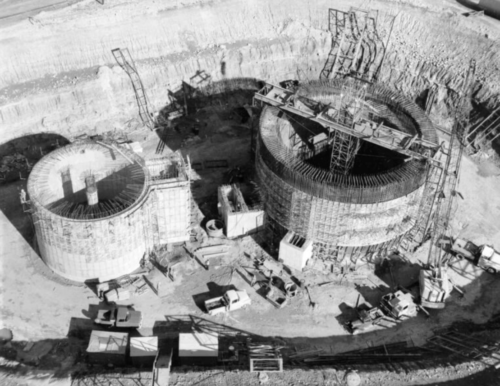
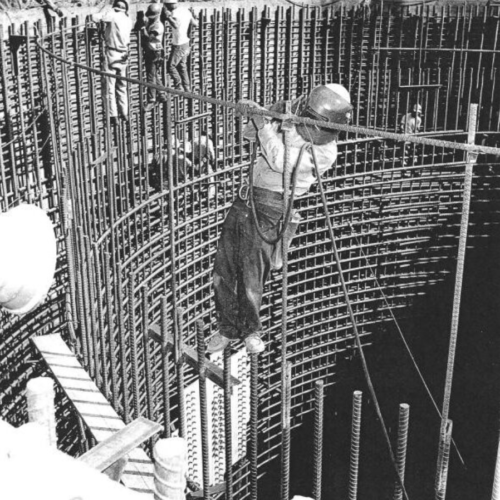
The front door is easy to find and very inviting.
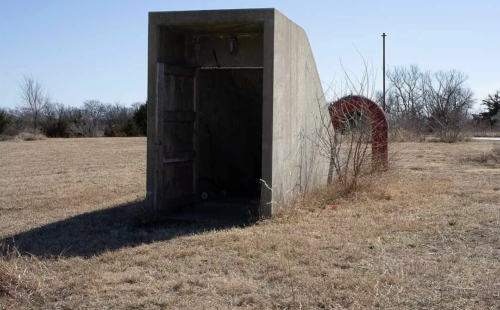
The rest, naturally, is neither.
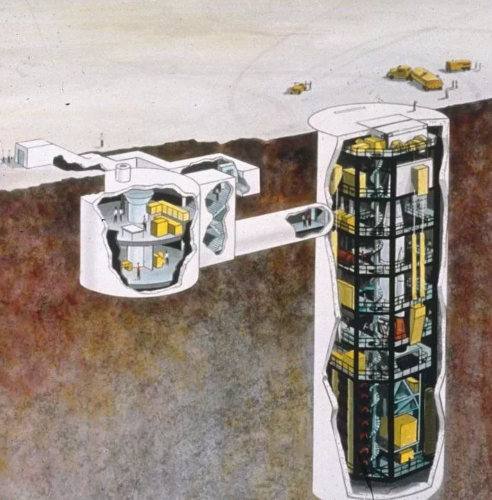
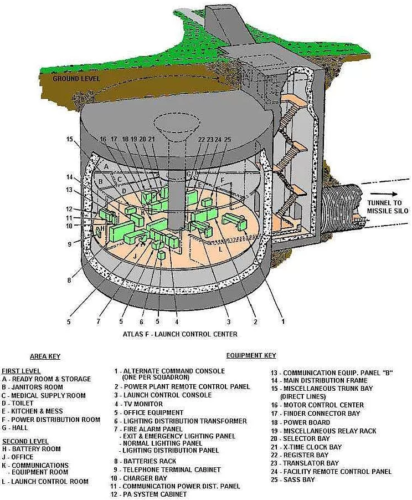
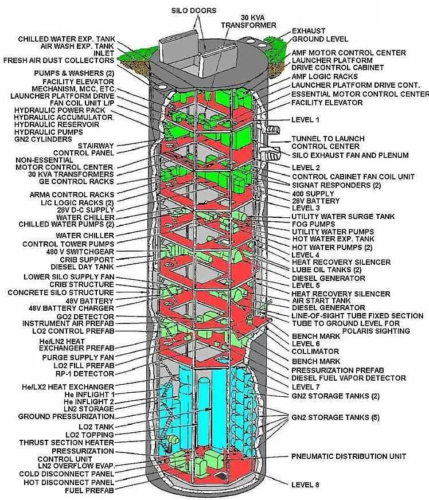
Lack of accommodations for five men living underground is likely related to how shifts were operated.
Crews included two officers and three enlisted members, a missile maintenance, ballistic missile analyst and power production technician. Crews were on alert for 24 hours, with a new crew departing the main base each morning to replace the crew on duty.
Probably important to consider that this silo was in no way designed to be livable; it served just to increase the chances of a vulnerable and slow missile actually being launched withing a very short window (as little as 5 minutes). Human survival? Not really on the table.
You could probably dig 100 feet underground and pour concrete into it today for a lot less than $380K, or apply that amount to making a rural home safe from dangers. Most importantly you could design your perfect spot to have protection against actual threats unlike this pile of leaky rubble with its spotty record.
The launch rate of success for an Atlas F was what you might call not great (success/fail allegedly was 53/17) with two even recorded as “fell back onto the pad at liftoff“. Four silos were totally destroyed by the Atlas F exploding underground, emphasizing again a lack of suitability for human survival.
Zillow conveniently shows us (zooming out) that a four bedroom house in Abilene, Kansas today might cost as little as $100K. This perhaps means the silo price tag has more to do with some real-estate mogul probing tax loopholes and playing financial games than actually trying to value or sell a property.
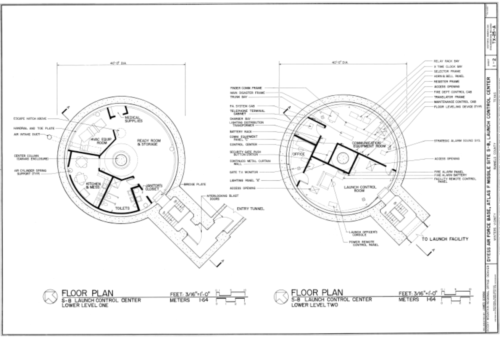
It’s also not the only specimen in this region of Kansas. Twelve sites designated “SM-65F” (Atlas F) — some of the initial intercontinental ballistic missiles developed by the U.S. — are near each other.
I bring up that footnote because the density of these silos in Kansas infamously led to Cold War jokes among the rural communities; excited to become notable even though it was “ground zero” for nuclear attack.
In other words flogging overpriced bunkers to bury valuable assets might have the repeat effect of making them into the first sites to be targeted in any major crisis — the opposite of survival.